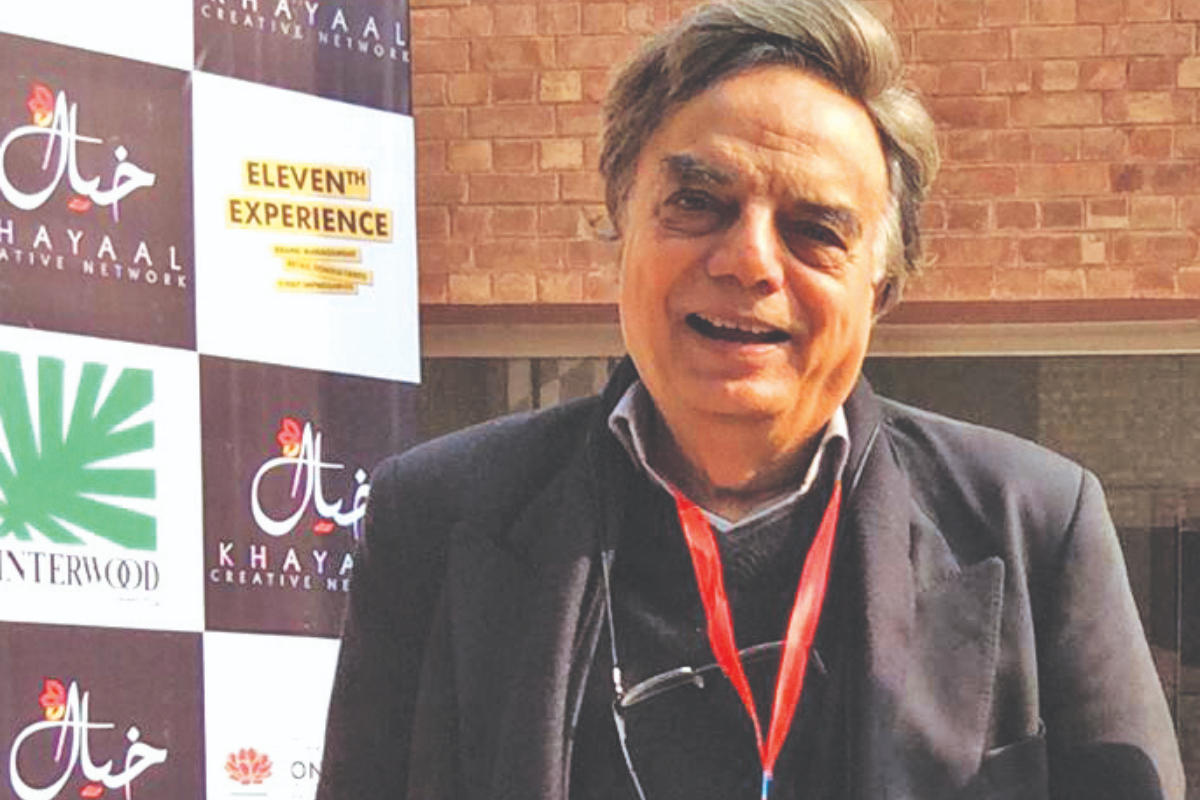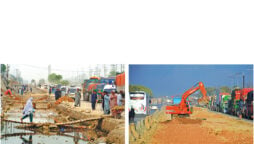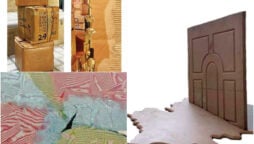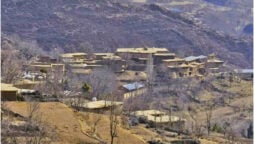Synopsis
In conversation with Nayyar Ali Dada

Cities like Karachi, Swat lack basic planning
Lahore: Nayyar Ali Dada is a leading light in the world of architecture, a socially committed legendary talent and one of the greatest pioneering architects of the modern age. ‘Dada’ as he was fondly nicknamed decades ago, is recognised all over the world for his work. Paying homage to Nayyar Ali, the government of Pakistan awarded him with various highest civil-military awards including the Pride of Performance Award (1992), Sitarar-i-Imtiaz (2013) and Hilal-i-Imtiaz (2018). Significantly, he is the only Pakistani to receive the prestigious Aga Khan Award for Architecture (1998). Amongst Dada’s internationally acquired awards are the Arcasia gold medal and the Kenneth brown citation from the University of Hawaii. Bol News interviewed him last week. Following are the excerpts:-
What is the social responsibility of an architect in society?
Architecture is not just a creative art. An architect must also get involved in social activity. It is not merely a matter of how a building looks in general or how much it resonates with the culture of the locality, it is something beyond.
Keeping the concept of urban flooding in mind, what are the man-made flaws that you think are destroying the national architecture?
Well, the man-made flaws vary keeping in view the natural topography of the country. If we talk about the Southern part of the country, specifically the lower Sindh – it is a plain deltaic area where the chances of flooding are naturally very high so the settlements of the human population residing there must be discouraged by the government. What I mean is there is no need of building houses. Even if people are compelled to settle down in such risky areas, due to the lack of the government’s population control and city-planning strategies, then the high-safety terrains must be built to avoid losses.
In my humble opinion, there is a need for collaboration between the town planners, architects, municipal development wing and district administration. Pakistan, in a number of its cities like Karachi or Swat, lacks basic planning schemes for buildings.
Apart from the need for aesthetic appropriateness which must carry a sense of morality, there is an alarming need for basic urban planning and development which must provide the framework for establishing an appropriate drainage system and a region specified for a formal domestic and commercial building in cities – keeping the glamour and grandeur of places aside.
What brought you to the profession of architecture?
Architecture is a very complex profession and the complexity of this profession is reflected in the complexity of my own career as well that it is not being very easy and the evolution has taken place as an exercise in time and space mostly related to the city of Lahore where I have lived all my life.
So, in the journey of understanding and basically practising architecture, I have found that there are two facets of impacts and influences on an architect’s career. One is the professional side of architecture, technology, development and all related factors; the others are sensitivities of the cities’ existence in history as to how the city grows with time and how your work is affected by your travelling in time and space.
I have, somehow, been exposed to the influences of modernism, my education took place in a very modern revolutionary institute of the newly founded National College of Arts by Professor Sponenberg and other Fulbright professors who came from Europe and the United States and we were moulded in that sort of a philosophy of how the world has come forward and rejected all the decorative and classical ideals of architecture in the past, and I grew in that environment and learned a lot. These were the great periods of the 60s when modernism was at its peak and I was beginning to learn architecture in the College of Arts. But at the same time, the MAO school of arts – the traditional crafts school was dying away but it was leaving its imprints on the city of Lahore in many ways.
It is interesting to see how Lahore grows and my own work also goes along with it, I was very lucky having my exposure to the best of modernists and from there onwards my career did not stop developing. I started with an auditorium made in the College of Arts in raw checkerboard concrete which was something modern, more even for that time, it was ahead of time for the 60s to be able to produce a building like that and I was able to do that building and it was a very successful statement because it delivered what was required of that building and it was technologically an achievement but even after success like that I was not happy with the modern work that I was doing and this was because of various influences that I absorbed from my surroundings by teachers like Professor Shakir Ali and then the environment around his friends like Intizar Hussain and painters of that time. I was luckily close to Faiz Ahmad Faiz and his family, Salima studied with me in the College of arts so this 60s’ intellectual brilliance of Pakistan was short-lived, unfortunately.
How can Pakistan make good cities to improve the quality of life?
The major problem that I find here with the cities across Pakistan includes lack of maintenance. There is no civility in the architecture be it aesthetic civility or moral civility. The architecture of any place must be appropriate to the requirements of time, space and people. The buildings speak for themselves, of course like humans, they too, do have characters. Pay heed!
Do you think that climate change is affecting the built environment?
We observed the finest times of human progress after the hundred years of the industrial revolution. The progress of a thousand times is nowhere near these hundred years where we produced the technological industrial revolution, but at the same time, we planted the seeds of future human disasters like climate change, pollution of sea and land, excessive use of chlorofluorocarbons which endangered the lives of many species on Earth.
What the human mind needs to learn is that though progress is a sign of human genius, it must not create a disturbance in the balance of nature. Much of the awareness has been spread and is under the consideration of town planners, architects, poets, writers and artists – they are all getting together.
What are the challenges that this profession is currently facing in Pakistan?
The biggest disaster is the condition of practice in the professional side of architecture – the way jobs are allotted, payments are delivered and buildings are supervised, and above all double, the amount of finances is spent to get the right job done.
Any advice to the young generation of architects?
My message for them is to maintain the relationship between conventional and contemporary structures; along with introducing the architecture of solutions to the modern architectural problems which come under the consideration of the latest problems especially that of climate change.
Catch all the Pakistan News, Breaking News Event and Latest News Updates on The BOL News
Download The BOL News App to get the Daily News Update & Live News.












 Read the complete story text.
Read the complete story text. Listen to audio of the story.
Listen to audio of the story.